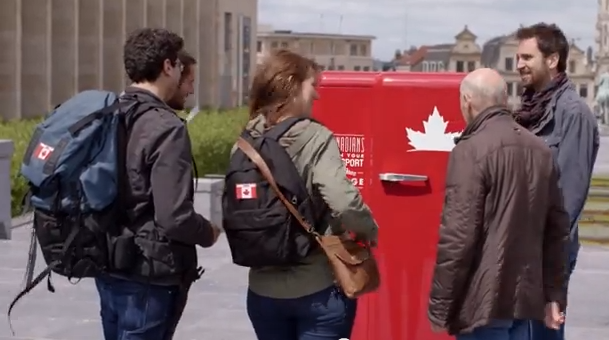While everyone is busy talking about the recent Twitter IPO event, something else about Twitter caught my attention. The title says “You Can Now Book Hotels Through Twitter”, which is a bit misleading as i would think we can actually “purchase” something on twitter. Thats not true. What is happening is that, some brands often provide shortcut to customer service and more personalized support through the platform of twitter. These brands constantly monitor activity on profiles and answer questions promptly as a way to increase customer service and satisfaction. For example, Delta Air lines launched @DealtaAssist twitter feed to answer questions and provide customer support.
Monitoring isn’t a fresh topic, and many brands know how to do it well. However, the idea of actual “selling” on twitter is just not there yet. However, some travel brands are now looking into new ways to take advantages of social media platform. For example, Loews Hotel are now accepting room bookings completely through Twitter, removing the need for an online booking portal. Users can simply @Lowes_hotels and use the hashtags #bookloews to communicate with online booking agent and sort out the room and payment details.
I personally had a similar experience with Facebook early this year. I was trying to book a hostel for my stay in Taiwan, and my friend told me this great hostel she stayed at while she was in Taiwan. So she gave me their Facebook page where i could find all the room types available and their rates. Then i could talk to the owner of the hostel directly to confirm booking. However, i don’t think this style of selling is scalable or cost effective. Because if i did not know about the hostel from my friend, i wouldn’t have trusted them. Nevertheless, it is only for smaller business where it is easier to personalize each order and answer to each question asked.
However, i do have to admit that the mobile sales have risen dramatically from 3.4B in 2011 to 13.6 in 2012, suggesting the sales on mobile devices is sky rocking. It’s a smart, low risk move on Lowes part to spend a little time developing a sales channel on Social media. Although i think this form of “selling” is still unscalable and inefficient, it does signal a big splash in the B2B and C2C world. Its still unclear how Twitter Booking Service and sales portal will go about, but it will be a big buzz if all the structure and regulations were set in stone. I will definitely overthrow the traditional sales model and bring great impact on the E-Commerce world.
I anxiously look forward to Twitter’s next step regarding its more advanced sales portal and booking system.




![Holts Holiday Windows 2013-62[1]](http://www.marketingmag.ca/wp-content/uploads/2013/11/Holts-Holiday-Windows-2013-621.jpg)


Recent Comments